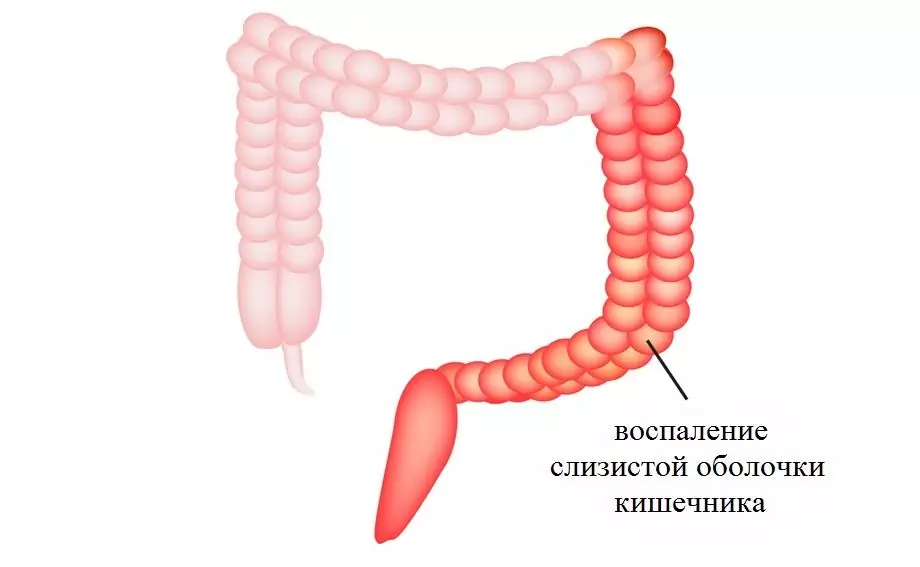- Author Rachel Wainwright [email protected].
- Public 2023-12-15 07:39.
- Last modified 2025-11-02 20:14.
Pelvis during pregnancy

The finally formed female pelvis consists of the sacrum, coccyx and two pelvic bones, connected by ligaments and cartilage. Compared to the male, the female pelvis is wider and more voluminous, but not as deep.
The main condition for the correct course of labor is the optimal size of the pelvis during pregnancy. Deviations in its structure and symmetry can lead to complications and complicate the natural passage of the child through the birth canal, or completely prevent independent childbirth.
Measuring the size of the pelvis during pregnancy
The study of the pelvis includes such manipulations as examination, then feeling the bones and, finally, determining the size of the pelvis.
The Michaelis diamond or lumbosacral diamond is examined while standing. Normally, its vertical size is 11 cm, and the transverse one is 10 cm. If there are violations in the structure of the small pelvis, the Michaelis rhombus is indistinct, with altered shape and dimensions.
After palpation, the pelvic bones are measured using a special pelvic meter. In the antenatal clinic, a gynecologist is interested in the following pelvic sizes during pregnancy:
- Interosseous size - shows the distance between the most prominent points on the anterior surface of the pelvis, its norm is 25-26 cm;
- The distance between the ridges (the most distant points) of the ilium is 28-29 cm;
- The distance between the greater trochanters of the two femurs is 30-31 cm;
- External conjugate. It is the distance between the upper corner of the Michaelis rhombus (supracacral fossa) and the upper edge of the pubic joint - 20-21 cm.
The first two sizes of the pelvic bones during pregnancy are measured when the woman is lying on her back and her legs are stretched and moved. The third indicator is investigated with the lower limbs slightly bent at the knees. The straight size of the pelvis (external conjugate) is measured in the position of a pregnant woman lying on her side, when the overlying leg is extended, and the underlying leg is bent at the knee and hip joints.
Wide and narrow pelvis during pregnancy
A wide pelvis, which is most often found in tall large women, is not considered a pathology, its dimensions exceed the norm by 2-3 cm. It is detected during a standard examination and measurement of the pelvic bones. With a wide pelvis, labor is normal, but sometimes it can be rapid. The time of passage of the child through the birth canal is reduced, which is fraught with ruptures of the vagina, cervix and perineum.
If at least one of the sizes is 1.5-2 cm below the norm, they speak of an anatomically narrow pelvis during pregnancy. But even with such a narrowing, the normal course of labor is possible, for example, in the case when the baby is small and the head easily passes through the pelvis of the woman in labor.
A clinically narrow pelvis also occurs at normal sizes and occurs when the child is large, that is, the size of his head does not correspond to the mother's pelvis. In this situation, natural childbirth is dangerous, as it can lead to complications of the condition of both the fetus and the mother. In this case, the possibility of a cesarean section is considered.
Influence of a narrow pelvis on pregnancy
A narrowed pelvis has an adverse effect only in the last months of pregnancy. The head of the fetus cannot descend into the small pelvis, as a result, the growing uterus rises, and this greatly complicates the breathing of the pregnant woman. A woman develops shortness of breath, and it is more pronounced than in expectant mothers with normal pelvic sizes.
Another consequence of a narrow pelvis during pregnancy is improper fetal position. According to statistics, 25% of women in labor with an oblique or transverse position of the fetus have a narrowing of the pelvis to varying degrees. Cases of breech presentation are also becoming more frequent: in pregnant women with a narrow pelvis, this pathology occurs 3 times more often.
Management of pregnancy and childbirth with a narrow pelvis
Pregnant women with a narrowed pelvis are at risk of developing complications, therefore, they are registered with a gynecologist. This is necessary in order to timely identify abnormalities in the position of the fetus and some other complications.
Prolongation of pregnancy with a narrow pelvis is especially unfavorable, therefore it is important to accurately determine the date of birth, and 1-2 weeks before it, hospitalize the pregnant woman in the pathology department. This is necessary to clarify the diagnosis and decide on a rational method of delivery.
As noted earlier, the course of labor also depends on the size of the pelvis during pregnancy. If the narrowing is insignificant, and the fetus is small to medium-sized, natural childbirth is possible under close medical supervision.
The absolute indications for a caesarean section are:
- Anatomically narrow pelvis (with III-IV degree of narrowing);
- Bone tumors in the small pelvis;
- Deformation of the pelvis due to injury or disease;
- Pelvic injuries in previous labor.
Pelvic pain during pregnancy
During pregnancy, many women experience pain in the pelvic bones, sacrum and spine. This is due to the fact that the center of gravity of the body changes, and due to the natural increase in mass, the load on the musculoskeletal system increases. In addition, under the influence of a special hormone relaxin, the sacroiliac and pubic joints, as well as other connective tissue formations, change, that is, the pelvic bones "prepare" for childbirth during pregnancy.
Often, women experience lumbar and pelvic pains, which are the result of curvature of the spine, osteochondrosis and poor muscle development in a "pre-pregnant" state. The frequency of such pain is 30-50% during pregnancy and 65-70% after childbirth.
If in the second and third trimester there is not enough calcium in the blood of a pregnant woman, symphysitis may develop. It is manifested by severe prolonged pain in the pubic joint, which increases with a change in the position of the body in space. The woman's gait is disturbed, the bosom swells. The appearance of symphysitis is also associated with some hereditary characteristics.
Prevention of pelvic pain during pregnancy
The basis for the prevention of pelvic pain during pregnancy, first of all, is a diet rich in calcium: meat, fish, low-fat dairy products, herbs, nuts. In diseases of the gastrointestinal tract, when calcium absorption is impaired, their correction is necessary. For example, you can take bificol and digestive enzymes.

In addition, attention should be paid to sufficient physical activity to strengthen the rectus and oblique muscles, hip flexors and extensors, gluteal and dorsal muscles. Remedial gymnastics and swimming are well suited for this.
Among other preventive measures, it is worth noting staying in the fresh air, since under the influence of sunlight, vitamin D is produced in the skin, and it is necessary for normal calcium metabolism.
If pain in the pelvic bones during pregnancy begins to bother you regularly, you need to move on to more drastic measures: start taking calcium supplements in a daily dose of 1000-1500 mg, somewhat limit physical activity, and in case of problems with the lower back, be sure to wear a bandage. It is also advisable to start taking complex multivitamins for pregnant women, as they contain all the necessary trace elements and vitamins.
YouTube video related to the article:
Found a mistake in the text? Select it and press Ctrl + Enter.






